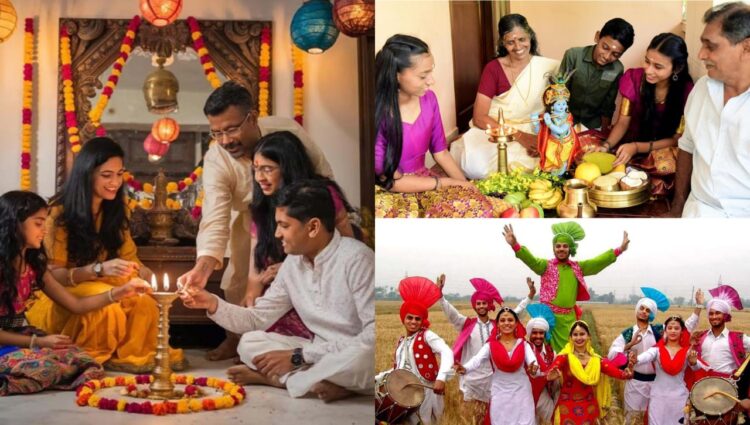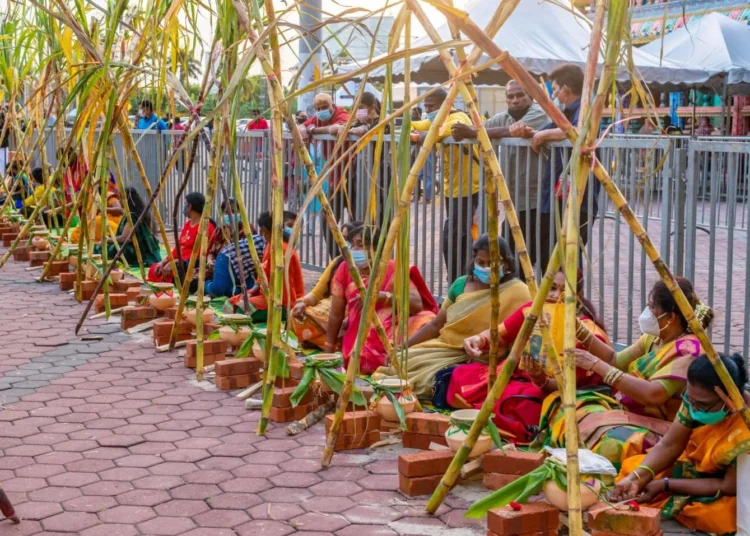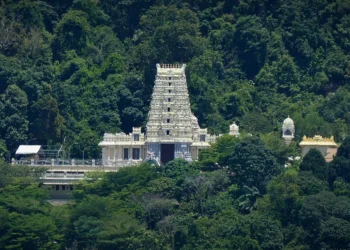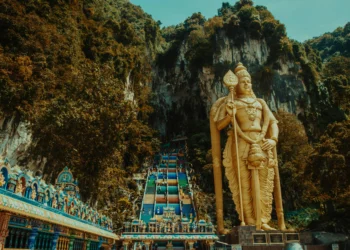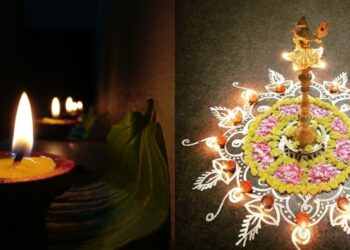Across Malaysia today, the Tamil, Malayalee, and Sikh communities are celebrating their respective New Year festivals, each deeply rooted in distinct regional traditions. Despite their cultural differences, these observances are united by common themes of renewal, reflection, and togetherness.
Falling in mid-April, a time that marks the arrival of spring or summer in India, the celebrations are filled with vibrant rituals, festive foods, and cherished moments with family—honouring heritage while embracing the spirit of a new beginning.
Indian streets across the country have been bustling over the past weekend, as families prepared for their New Year celebrations. Shoppers filled the markets, visiting local stores to purchase everything they needed — from traditional attire and festive decorations to ingredients for special meals — adding to the vibrant atmosphere that marks this festive season.
Chithirai Puthaandu
Chittirai Puthaandu, also called “Varusha Pirappu” — meaning the beginning of a new year — is observed on the first day of the Tamil month of Chithirai.
In preparation for the day, households are thoroughly cleaned and decorated. Entrances are adorned with fresh mango leaf garlands, believed to bring prosperity, while intricate kolam designs made from rice flour are drawn on the ground to welcome positive energy and guests. A tray filled with fruits, flowers, and traditional sweets is set on the prayer altar, where offerings are presented to the deities in reverence.
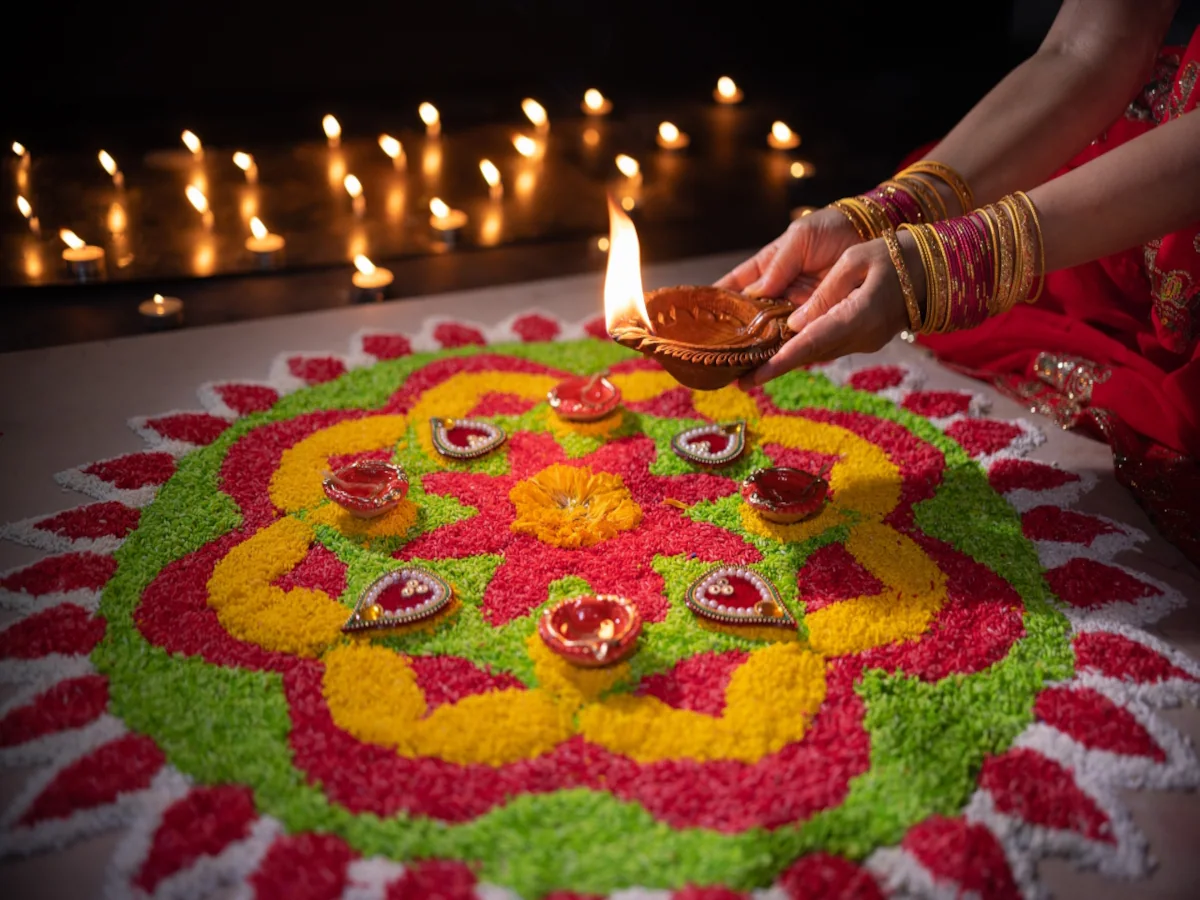
Alongside these traditions, a variety of delicious Indian meals are prepared, featuring a mix of sweet and savory dishes that are shared among family members, adding to the warmth and joy of the celebration. These age-old traditions are carried out with joy and devotion, keeping cultural practices alive across generations.
Vishu: Malayalee New Year
Vishu, celebrated primarily in the Indian state of Kerala, marks the beginning of the Malayalam New Year and typically falls in mid-April. This festival is a significant cultural event, symbolizing the arrival of a new year and the start of the harvest season. It is a time for reflection, family gatherings, and spiritual rituals, as people seek blessings for prosperity and good fortune in the coming year.
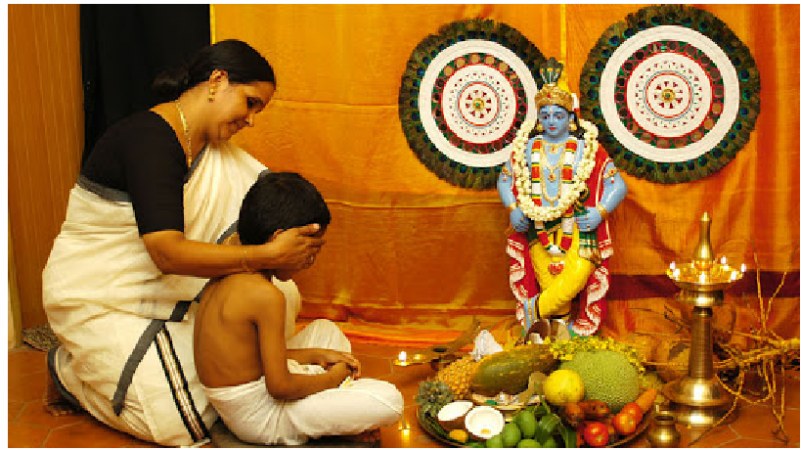
On the day of Vishu, families begin the celebrations early in the morning by arranging a special ritual known as “Vishu Kani.” This involves setting up a display of auspicious items, such as fruits, flowers, and a mirror, which are placed in front of the family altar. The first sight a person sees on Vishu morning, traditionally the “Vishu Kani,” is believed to bring good luck for the year ahead. The day is also marked by prayers, and the preparation of a traditional feast that includes a variety of delicious dishes, enjoyed with family and loved ones.
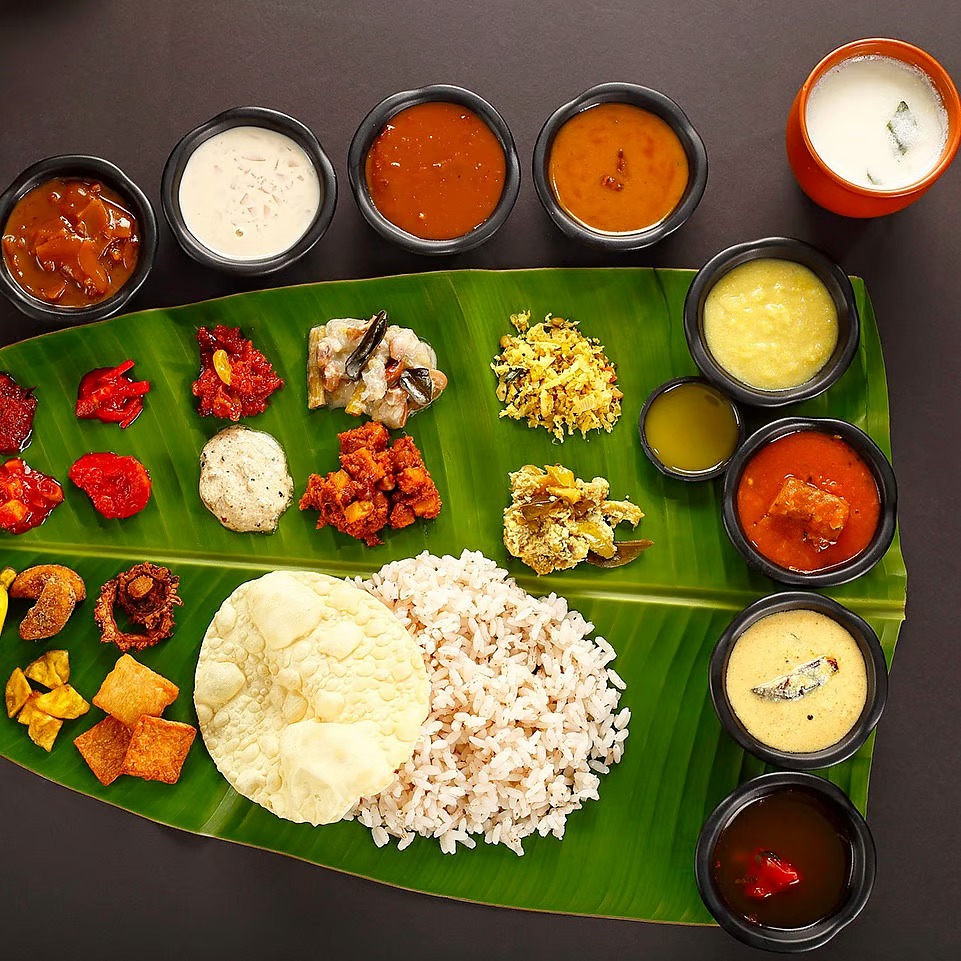
Vishu Sadhya is a grand feast that forms an integral part of the Vishu celebrations. This traditional meal, served on a banana leaf, is a vibrant and elaborate spread of a variety of vegetarian dishes, symbolizing the abundance of the new year. The Vishu Sadhya features a wide range of delicacies that include rice, curries, pickles, chutneys, and a selection of sweet dishes. The Vishu Sadhya is not only a treat for the taste buds but also a symbol of the spirit of abundance, gratitude, and togetherness that defines the festival.
Vaisakhi: A Celebration of Harvest and Sikh Heritage
Vaisakhi, celebrated today, holds great significance in both the agricultural and cultural calendars of India. It marks the beginning of the harvest season, symbolizing the first day of the harvest of Rabi crops, particularly wheat. For farmers, it is a time of thanksgiving for the bountiful harvest and an occasion to celebrate the fruits of their hard work. Vaisakhi also has spiritual importance for Sikhs, as it commemorates the formation of the Khalsa in 1699 by Guru Gobind Singh, a key event in Sikh history that shaped the community’s identity.
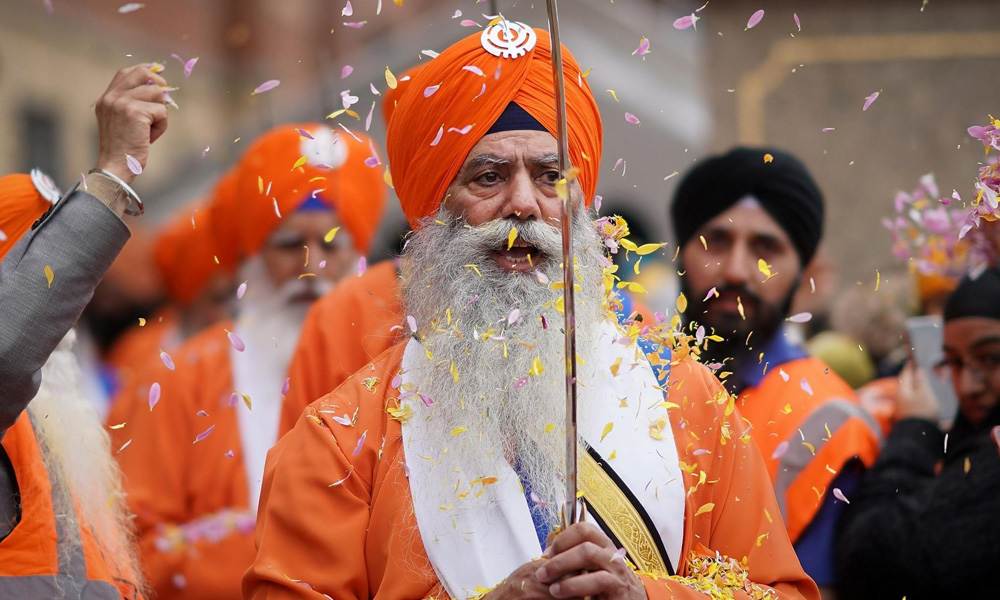
The festival is marked by joyous celebrations, with communities coming together for prayers, processions, and feasts. Sikhs attend gurdwaras for special prayers and participate in Nagar Kirtans (religious processions) that are led by the singing of hymns and the chanting of prayers. The atmosphere is vibrant with people wearing traditional attire, dancing to the beats of Bhangra, and sharing festive meals. Vaisakhi serves as both a celebration of the agricultural cycle and a reminder of the rich spiritual and cultural heritage, promoting unity, harmony, and renewal for all who observe it.
In celebration of Chithirai Puthandu, Vishu, and Vaisakhi, Varnam Malaysia has created special content to commemorate these vibrant festivals. Be sure to watch the reel! Varnam Malaysia extends its warmest wishes to all celebrating these occasions.
The celebrations of Chittirai Puttandu, Vishu, and Vaisakhi today highlight the rich cultural diversity and shared themes of renewal, reflection, and unity among the Tamil, Malayalee, and Sikh communities. Each festival, deeply rooted in distinct traditions, brings together family, faith, and the joy of new beginnings. Whether it’s through the vibrant rituals, the preparation of delicious meals, or the reverence shown in prayers, these festivals create a sense of connection to heritage and community. In a world that constantly changes, these time-honored celebrations continue to remind us of the importance of togetherness, gratitude, and embracing the promise of the future.
Follow us on Instagram, Facebook or Telegram for more updates and breaking news.


